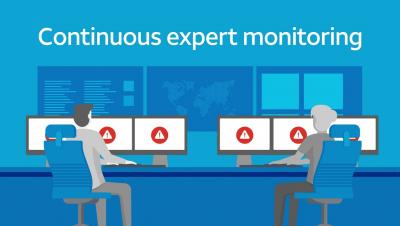What is a software-defined perimeter and how does SDP work?
A software defined perimeter (SDP) establishes virtual boundaries around Internet-connected assets and user activity through an integrated security architecture approach. SDP works regardless of whether assets reside on-premises or in the cloud, or whether users are on-site or working remote. Rather than relying on hardware like firewalls or VPNs at the network boundary, SDP leverages software to prevent any access to or even visibility into resources within the virtual perimeter by default.



